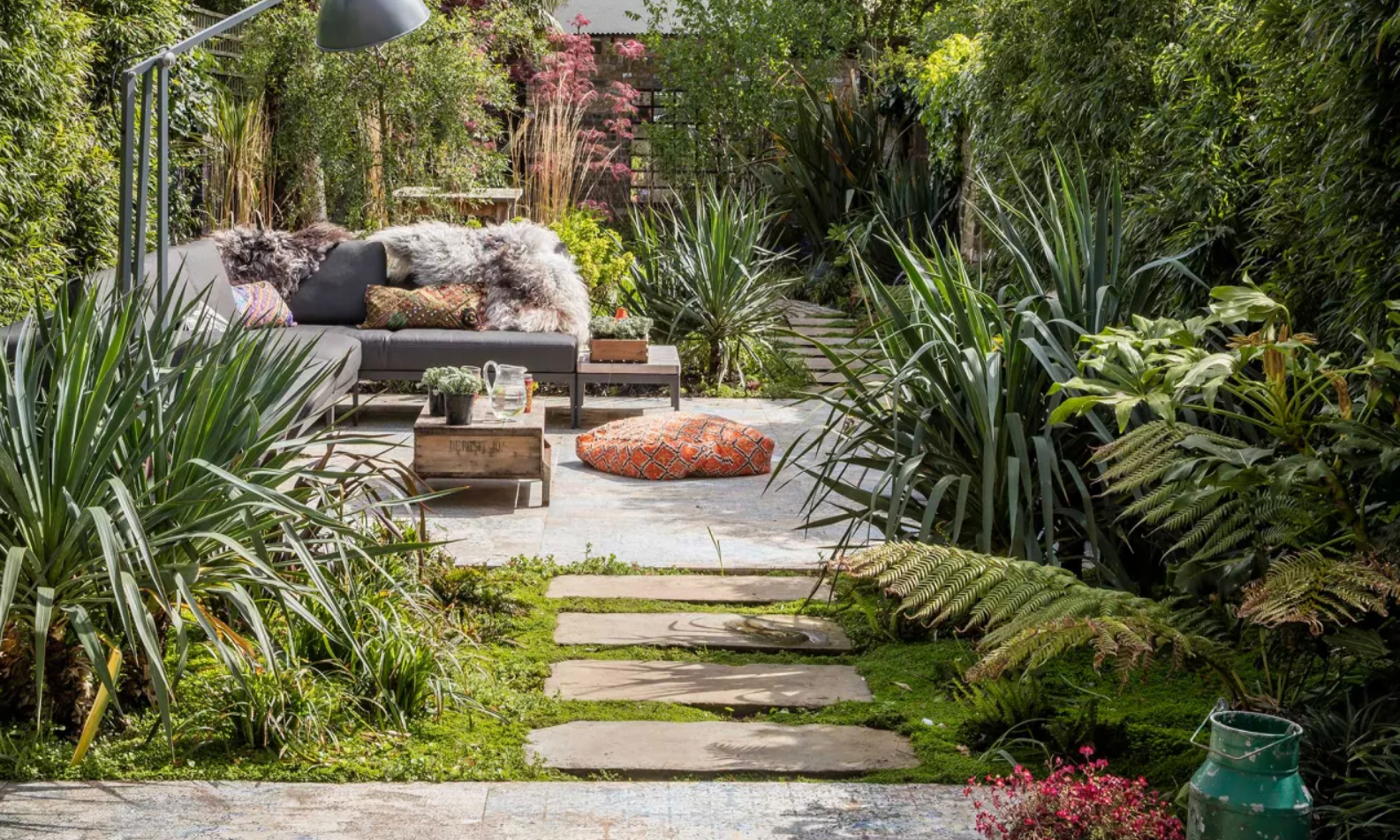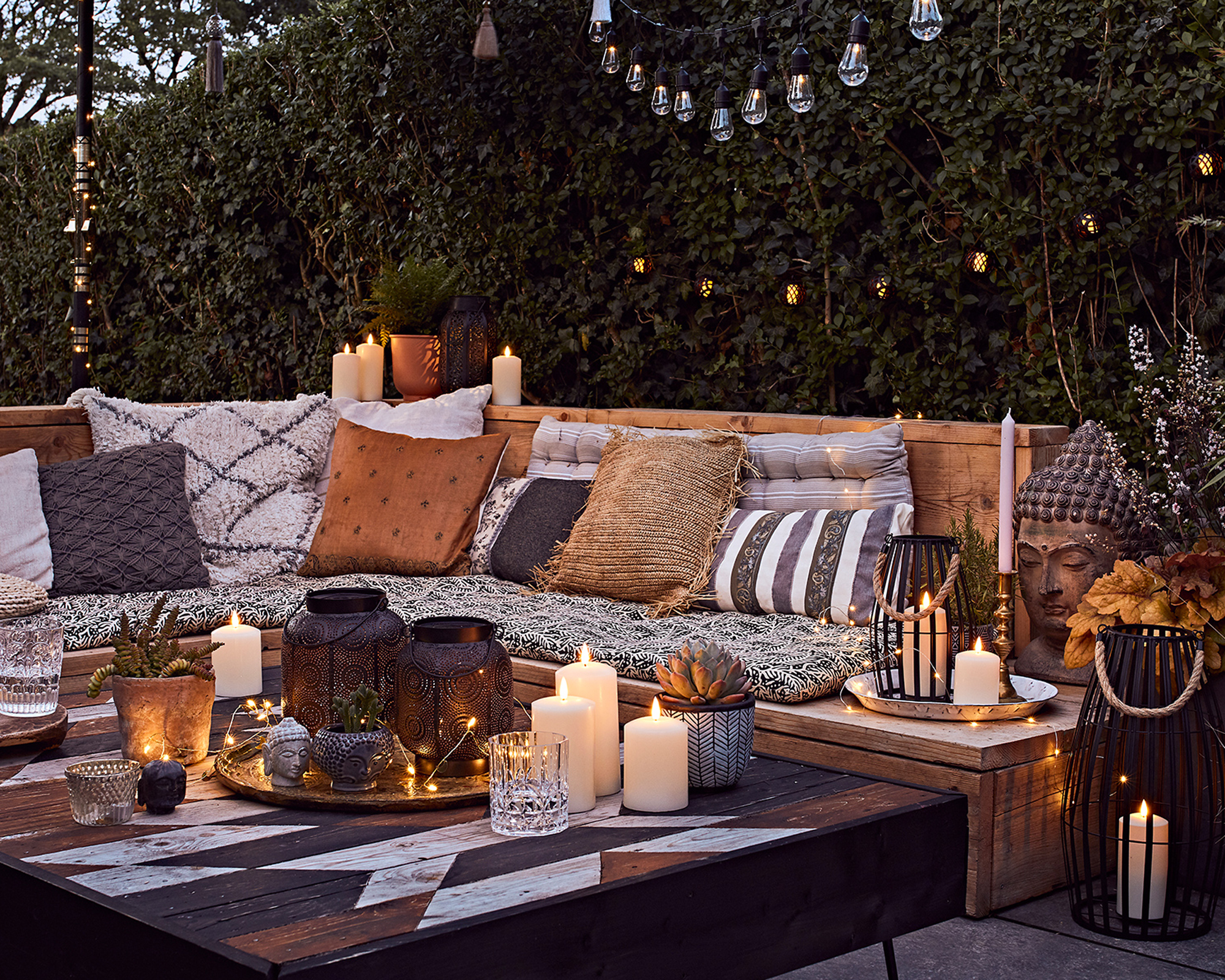Expert tips for making a broken plan work in a small backyard
Garden designers give their expert broken plan garden tips for making this type of layout work even in a small space

The broken plan garden trend is stronger than ever this year, representing a fundamental shift in garden design. More and more garden owners are moving away from the traditional, open-concept backyard layout that consists of a lawn in the center with borders along the perimeter.
What's behind this landscaping revolution, and what are the best ways to create a broken plan as part of your small garden ideas? Experienced landscape architects and garden designers give their top tips.
Why are broken plan gardens so popular?
Broken plan gardens have really come into their own since the start of the pandemic, although the trend away from traditional open-concept gardens has been building up for a good few years. Nicola Hale of Landform Consultants (who is designing The Landform Balcony Garden at this year's RHS Chelsea Flower Show), explains the appeal of this way of designing gardens. 'Broken plan gardens are now more popular because people are spending a lot more time in their gardens due to the pandemic and additionally the whole family is using the garden,' she says.
A broken plan garden is 'multi-functional and multi-generational – 'they’re good at screening areas that may be less attractive such as children's play areas, nature areas, and vegetable/herb gardens. The broken plan design also creates spaces with more intimacy and privacy.'
When it comes to family garden ideas, broken-plan is indispensable, because, as Nicola points out, 'by bringing in a broken plan you can segregate spaces for different activities for all the family, create distinct locations for relaxing and dining and create zoned kitchen/herb gardens.'
Children of all ages appreciate zoned or broken plan gardens, and Nicola says that she has 'also noticed older children now want more spaces of their own to meet their friends, so creating different areas within the garden works particularly well in this situation.'

1. Select zones that can do double duty
So, what are the main tips for making broken plan landscaping ideas work, even as part of a small plot? Christina Simon, Senior Designer at Texas-based Mark Ashby Design, says that the main thing to bear in mind is choosing spaces that can have more than one use. For instance, 'How can the dining area also serve as the lounge/conversation space?'
This is much easier to achieve with 'comfy seating', but don't scrimp on the size of your garden table ideas. Christina says, 'if you can, get a long, warm wood farmhouse table because those always beckon you to sit in groups – for that reason they're often called "gathering tables". Just like the kitchen is the heart of the home, tables can be the heart of the outdoors. Even just a coffee table does the trick. So start there.'
There, you've created your first zone. 'Then, look for one other little spot to call a zone – maybe it's an area that is unexpected or underutilized. Add potted plants, a cafe table, and a chair for a visual pop,' Christina continues.
'Finally, in the same way you would break up a studio loft with a curtain, tall bookshelf, or a screen, consider tall plants outdoors like bamboo and be clever with how you screen the view of the space so that you create a sense of discovery even in a small area.' The idea is that each zone should ideally do more than one thing, providing you with options for different activities.
2. Mix up different furniture styles and textures

Furniture and outdoor lighting ideas are essential to get right in a broken plan garden. Dayna Taylor from outdoor furniture brand Charles & Ivy gives examples of a successful mixing and matching of styles: 'An outdoor dining area can be practically furnished with upright seating and heaters for warmth, along with an ivy laden trellis for a stylish alfresco touch.
'A more relaxed firepit "zone" could incorporate lounge chairs and festoon lighting for a cozy, comfortable vibe,' she adds. 'It also provides an opportunity to mix up the use of different styles, colors, textures, and trends across the garden.'
3. Avoid creating too many barriers

One thing that may become a little too tempting with broken plan gardens is screening off too many areas, which can create an overly disjointed look. Nicola of Landform Consultants advises against this: 'Depending on the size of the garden try to keep it simple. Don't create too many barriers, with spaces that are too shady or too small to use. The definition between areas doesn't always have to be at a high level – it can just as easily be low-level planting or diffused planting.'
Don't overdo it with hardscaping – allow for softer transitions using ornamental grasses or garden divider ideas.
Combining these tips will allow you to create discreet, multi-functional zones even in a small garden.
Anna writes about interior design and gardening. Her work has appeared in Homes & Gardens, Livingetc, and many other publications. She is an experienced outdoor and indoor gardener and has a passion for growing roses and Japanese maples in her outside space.
